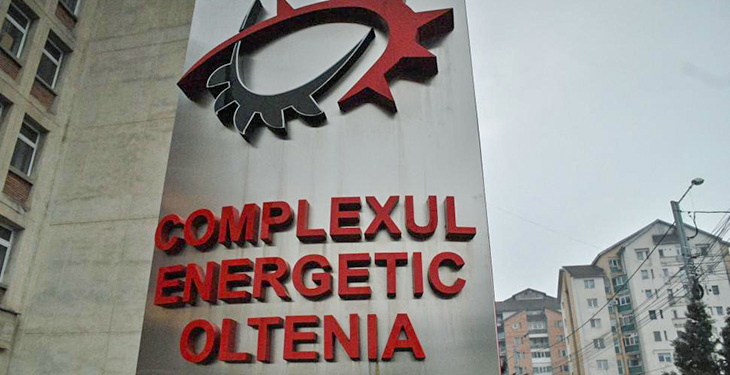Bogdan Tudorache
An analysis carried out by a consultant, at the request of Greenpeace Romania, showed that the restructuring and decarbonization plan of the Oltenia Energy Complex (CEO), totaling over 1.3 billion euros, leads to an increase in total CO2 emissions of the company with 28% in 2030 and contravenes the principles of European funding. Greenpeace will ask the European Commission to open an investigation and notified the responsible authorities in Romania.
“The analysis was made by an external consultant and referred to the CEO’s decarbonization plan that also appears on the Internet. It started from the anticipated evolution of the installed power at the CEO level, according to the restructuring plan. These figures resulted from the calculations,” told energynomics.ro Vlad Cătună, campaign coordinator at Greenpeace Romania.
“CEO makes the transition only on paper, because at the company level there is an installed capacity of about 3,750 MW, but it never uses all 3,750 MW, and the peaks reach about 2,500 MW – and then what comes out of operation are capacities that anyway didn’t work. Thus, 45% of the installed capacity is never used. In addition, almost 1,300 MW are switched to gas, and the differences (in rising emissions) appear from here,” he explained to us.
The restructuring and decarbonization plan drawn up by the Oltenia Energy Complex is the result of the foreseeable non-return of rescue aid worth 252 million euro, received by the company from the Romanian government at the beginning of last year, through GEO 12/2020, says the environmental organization.
The purpose of the CEO’s restructuring plan is to demonstrate the restoration of the company’s long-term viability. Its implementation – in the case of state aid – must be approved by the European Commission. The government adopted a memorandum in November 2020, pledging to support, through the state budget, the state aid scheme for the restructuring of the company, worth 1.326 billion euro. CEO is waiting for the European Commission to validate the plan.
CEO aims to use coal even in 2030, without setting a deadline for eliminating this fuel from energy production. Some of the current less used capacity will be replaced mainly by new gas-fired power plants, which contribute to the balance of harmful emissions and some photovoltaic parks, which will have a negligible importance (less than 6%) in the energy mix that CEO intends to sell it in the next decade.
According to the analysis of the restructuring plan, the total emissions of the CEO will increase in 2030, compared to 2020, by over 28%. Specifically, contrary to the decarbonization direction declared by the company, the company’s total annual emissions will increase between 2020 and 2030 from 7 Mt CO2/year in 2020 to about 9 Mt CO2/year in 2030, with a maximum of 10.7 Mt CO2/year in 2024.
“We are witnessing a paradox: the CEO is asking for billions of euro for a decarbonization plan that will increase the production of greenhouse gas emissions. Every year, coal-fired power plants suffer losses, being a burden to the state budget. Every citizen of Romania must know that pays – without being asked – to continue to be polluted by this industry, although Romania’s potential for renewable energy is huge. The health and environmental problems generated by this silent killer are much greater than the benefits,” Vlad Cătună also said.
